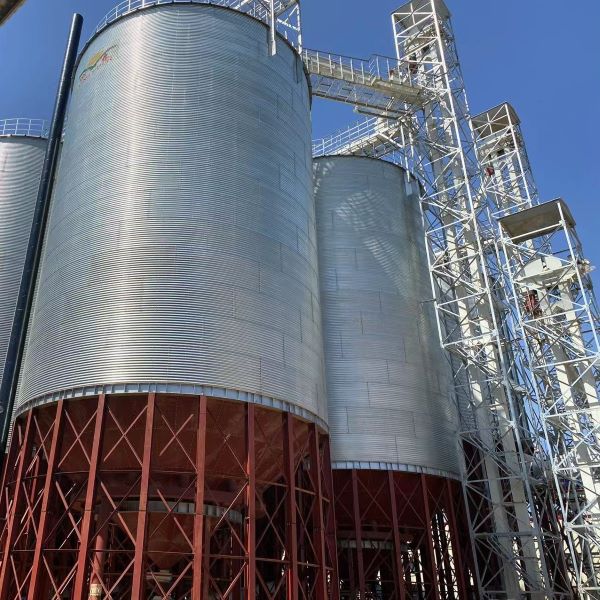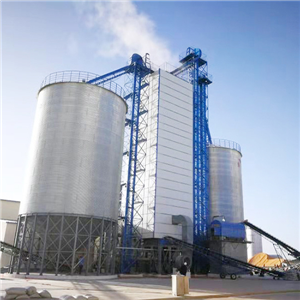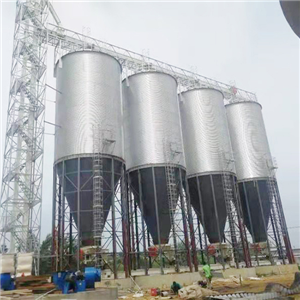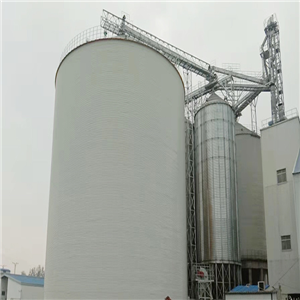Strict Temperature Control for Grain Storage: Safeguarding Food Safety Through Mold Prevention
Strict Temperature Control for Grain Storage: Safeguarding Food Safety Through Mold Prevention
The Stakes: Costly Consequences of Neglect
Transportation Failures: Overstacked grain in summer transport vehicles (where temperatures can reach 50°C) has led to rapid mold growth, with up to 15% of grain spoiling within days of storage. Such cases result in direct losses totaling millions of yuan annually.
Harvest-Time Missteps: Rainy harvest conditions, followed by inadequate drying and cooling, have caused aflatoxin levels to spike—once reaching 8 times the safe limit in one warehouse, forcing the destruction of entire grain stocks.
Science-Based Solutions: Prevention and Control Measures
1. Farmer Education for Proper Harvest Practices
Timing and Drying: Train farmers to harvest at optimal moisture levels (12–14% for most grains) and avoid rain-soaked crops. Promote natural drying techniques, such as spreading grain in thin layers and turning regularly, before bagging for temporary storage in cool, ventilated spaces.
Avoid Overstocking: Emphasize the dangers of piled grain during post-harvest handling, which traps heat and moisture—ideal conditions for mold.
2. Real-Time Monitoring During Transportation
Vehicle Inspections: Mandate pre-loading checks for clean, temperature-controlled transport. Reject loads if vehicle interiors fail to meet standards.
Smart Tracking: Equip trucks with temperature loggers linked to mobile apps, enabling real-time monitoring. Automated alerts trigger when temperatures exceed safe thresholds (typically 25°C for stored grain).
3. Intelligent Pre-Storage Controls
Impurity Screening: Remove foreign materials before storage to reduce mold attachment points.
Temperature Stabilization: Hold grain with abnormal temperatures in designated cooling zones until they reach safe levels (≤20°C) before warehouse entry.
Automated Systems: Deploy smart temperature sensors in storage facilities to monitor grain piles continuously. These systems trigger ventilation or cooling when localized heat spikes (≥30°C) are detected, preventing hotspots.
Humidity Management: Maintain warehouse humidity below 65% to eliminate mold-friendly environments, using dehumidifiers or natural ventilation as needed.

Protecting the "Grain Basket": A Collective Responsibility
For tailored solutions in grain storage temperature management, including smart monitoring systems and storage equipment, visit LIAONING QIUSHI at www.qssilo.com or contact our technical team at sales@qssilo.com.
Grain SilosGrain SilosGrain SilosGrain SilosGrain SilosGrain SilosGrain SilosGrain SilosGrain SilosGrain SilosGrain SilosGrain SilosGrain SilosGrain SilosGrain SilosGrain SilosGrain SilosGrain SilosGrain SilosGrain SilosGrain SilosGrain SilosGrain SilosGrain SilosGrain SilosGrain SilosGrain SilosGrain SilosGrain SilosGrain SilosGrain SilosGrain SilosGrain Silos




